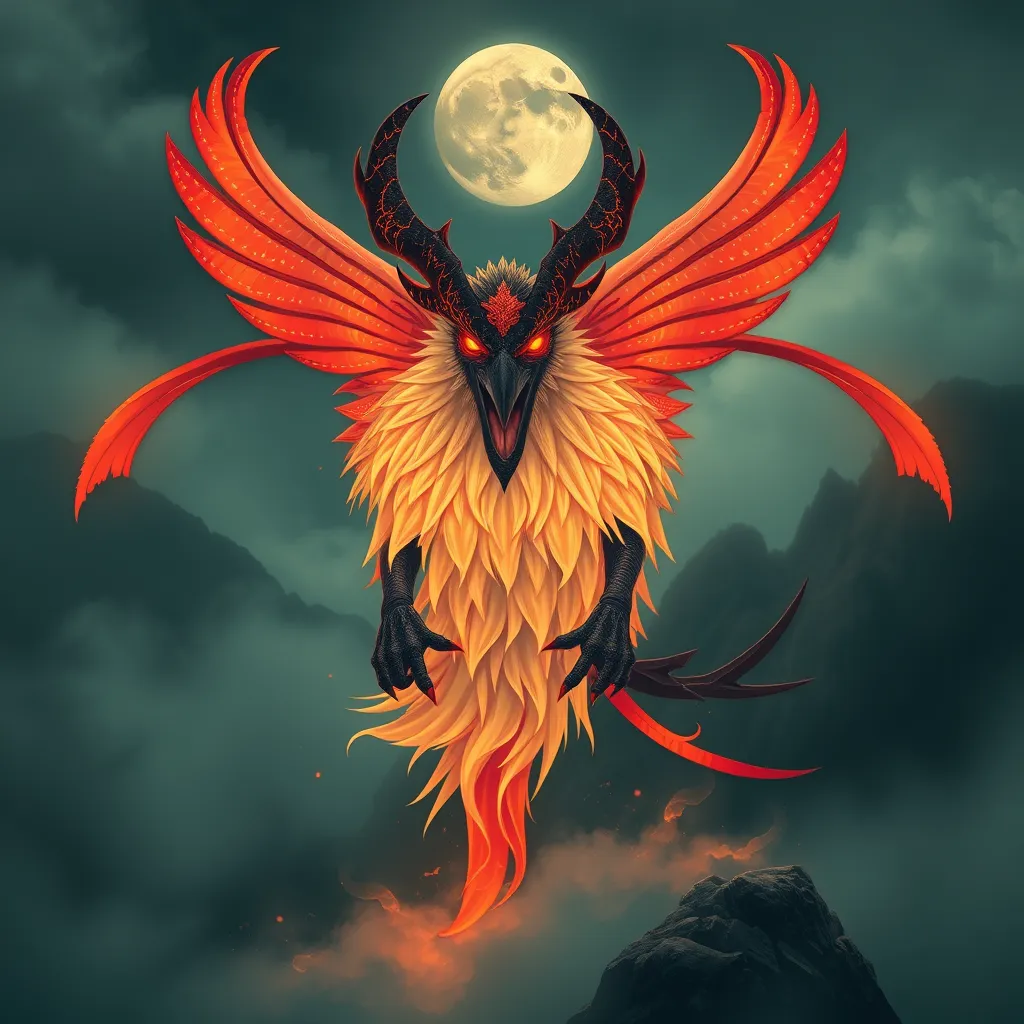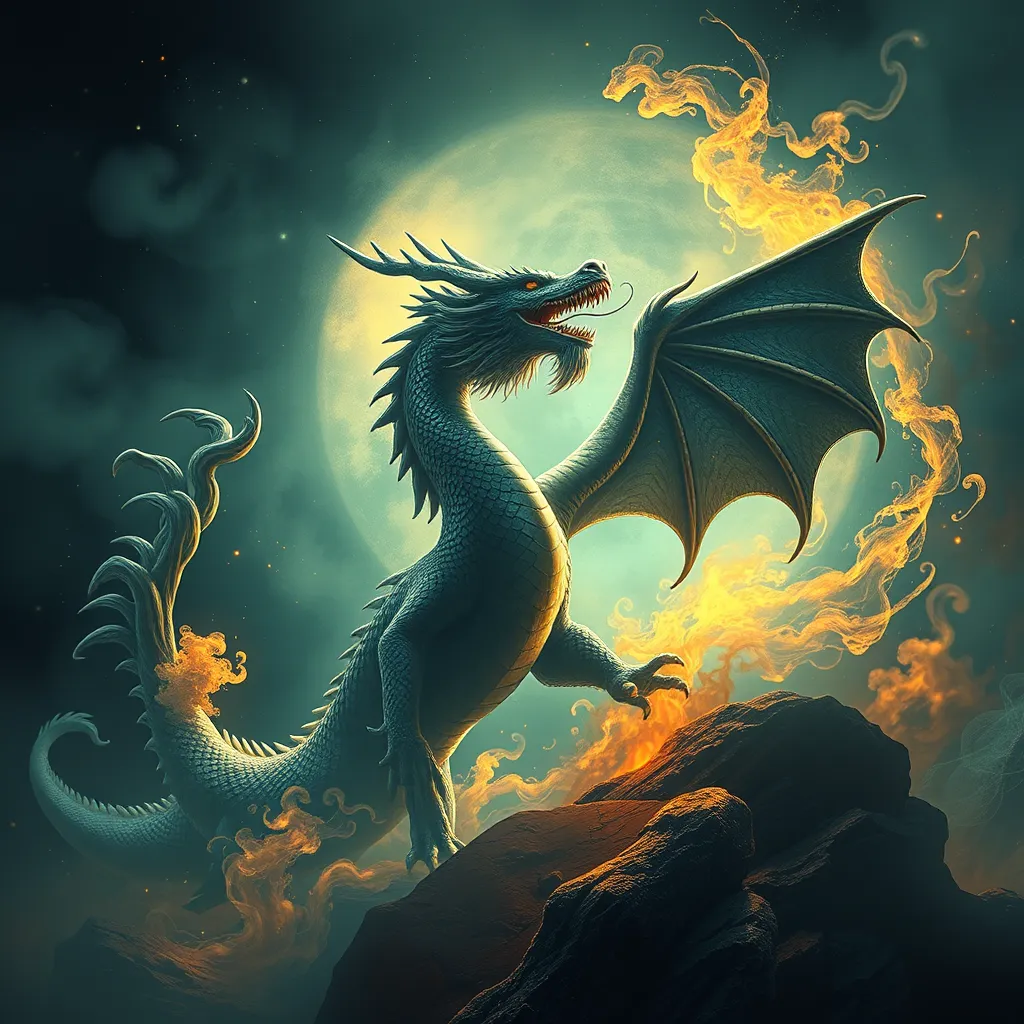The Japanese Tengu: The Mischievous Fairies of the Mountains
I. Introduction
The Tengu, often depicted as mystical creatures in Japanese folklore, capture the imagination with their blend of mischief and guardianship. Known as the “mischievous fairies of the mountains,” Tengu are deeply woven into the cultural fabric of Japan. They embody a unique duality, serving both as protectors of nature and tricksters that challenge human behavior.
This article explores the historical origins, physical characteristics, cultural significance, and enduring legacy of Tengu in Japan. By delving into these aspects, we aim to uncover the multifaceted nature of Tengu and their role in Japanese mythology.
II. Historical Origins of Tengu
Tengu have ancient roots in Japanese mythology, with their origins tracing back over a thousand years. Initially, they were considered to be the spirits of the mountains and forests, often associated with Buddhism and Shintoism.
Over the centuries, Tengu lore evolved significantly:
- In the Heian period (794-1185), Tengu were viewed as protective spirits.
- During the Kamakura period (1185-1333), they were transformed into more complex characters, blending ferocity with wisdom.
- By the Edo period (1603-1868), Tengu became popular figures in folklore, depicted as both noble and mischievous.
Additionally, the influence of Chinese and other Asian folklore has shaped the Tengu narrative. The Chinese mythological figure known as the “Shan Shen” shares similarities with Tengu, highlighting the interconnectedness of Asian mythologies.
III. Physical Characteristics of Tengu
Traditionally, Tengu are depicted in various forms, each with distinct physical traits that convey their characteristics:
- Karasu Tengu: Often portrayed with black feathers, beak-like noses, and bird-like features, these Tengu symbolize cunning and mischief.
- Yamabushi Tengu: These Tengu resemble ascetic monks, dressed in robes and carrying staffs, embodying wisdom and strength.
The physical traits of Tengu hold symbolic meanings. For instance, the beak of the Karasu Tengu represents their cunning nature, while the ascetic appearance of the Yamabushi Tengu reflects their connection to spiritual enlightenment.
IV. Tengu as Protectors and Mischiefs
The dual nature of Tengu is one of their most fascinating aspects. On one hand, they are guardians of the mountains, protecting travelers and the natural world. On the other hand, they are notorious for their mischievous antics, often playing tricks on humans.
Some famous Tengu legends include:
- The tale of Tengu stealing a warrior’s sword, only to return it after teaching him a lesson in humility.
- Stories of Tengu leading travelers astray, only to help them find their way when they show respect for nature.
Tengu also play a crucial role in environmental protection, symbolizing the need for harmony between humanity and nature. They remind people to respect the mountains and forests, reinforcing the importance of conservation.
V. Tengu in Popular Culture
Tengu have found their way into various forms of popular culture, influencing literature, art, and theater throughout Japan.
In modern media, Tengu appear in:
- Anime: Series like “Nura: Rise of the Yokai Clan” feature Tengu as prominent characters.
- Manga: Tengu often appear in stories that explore traditional Japanese themes and folklore.
- Video Games: Games such as “Okami” include Tengu as pivotal figures in the storyline.
This contemporary representation of Tengu reinforces their significance in Japanese culture, showcasing their adaptability and relevance in modern storytelling.
VI. Tengu Festivals and Celebrations
Throughout Japan, various festivals celebrate Tengu, reflecting their cultural importance. Some notable Tengu-related festivals include:
- Yamabushido Festival: Held in the mountains, this festival honors Tengu as protectors of the wilderness.
- Tengu Matsuri: Celebrated in various regions, this festival includes rituals, dances, and offerings to appease the Tengu.
Rituals associated with Tengu worship often involve:
- Prayers for safe travels in the mountains.
- Offerings of food and sake to appease the Tengu.
Community involvement in these festivals fosters a sense of belonging and cultural identity, highlighting the enduring legacy of Tengu in Japanese society.
VII. Tengu as Symbols of Human Traits
Tengu serve as representations of human emotions and behaviors, embodying the complexities of good and evil. Their stories often reflect the moral dilemmas faced by individuals, highlighting the balance between these opposing forces.
Lessons derived from Tengu stories include:
- The importance of humility and respect for nature.
- The value of wisdom over brute strength.
Through their actions, Tengu illustrate the consequences of human behavior, teaching valuable lessons about morality and ethics.
VIII. Conclusion
The significance of Tengu in Japanese culture cannot be overstated. They embody the duality of nature, representing both the protective and mischievous aspects of the world. As guardians of the mountains, Tengu remind us of the importance of respecting nature, while their playful antics serve as cautionary tales against hubris.
As we reflect on their lasting legacy in modern society, it is clear that Tengu continue to inspire curiosity and fascination. Their presence in folklore, popular culture, and festivals encourages further exploration of the rich tapestry of Japanese mythology and its teachings.



